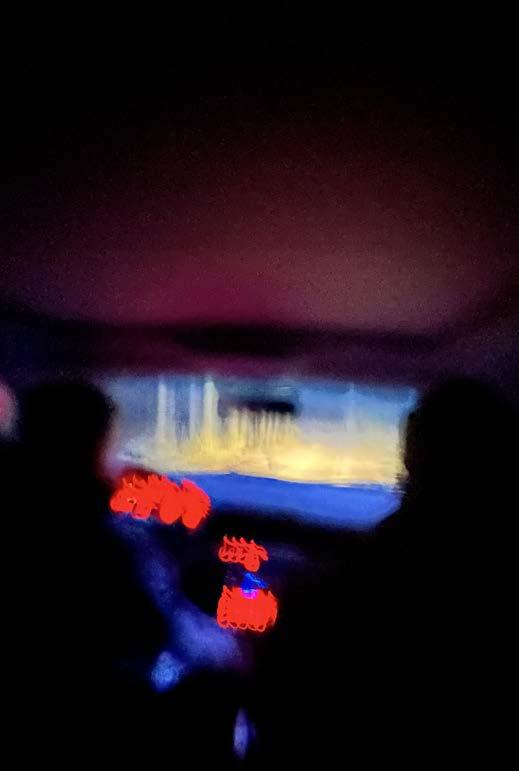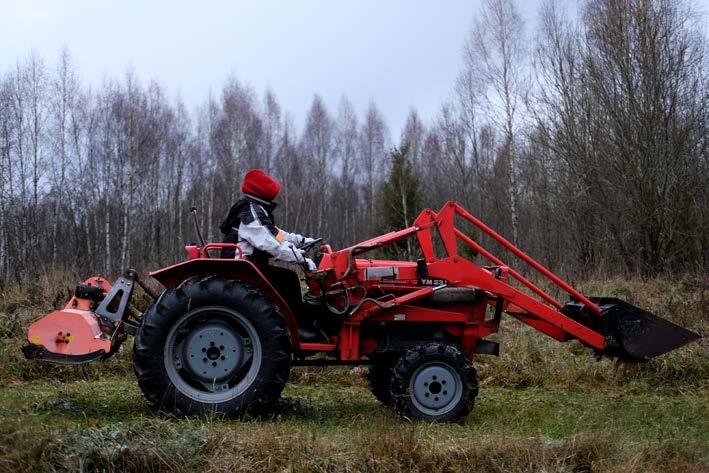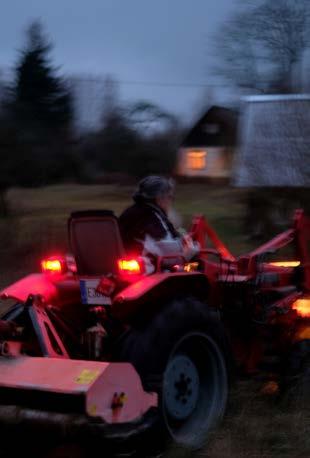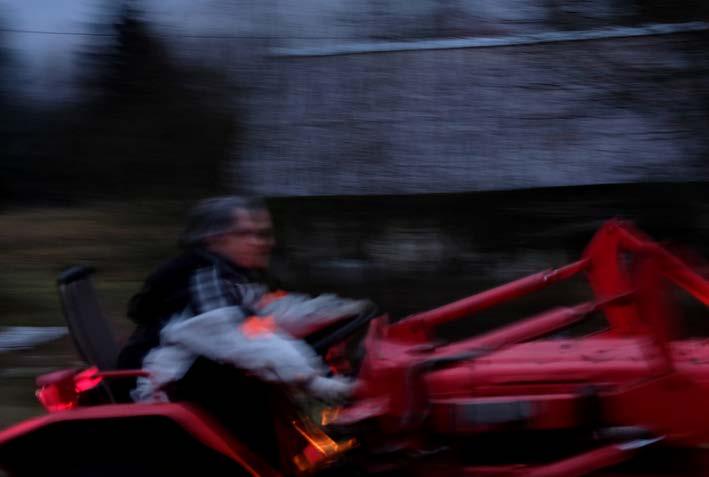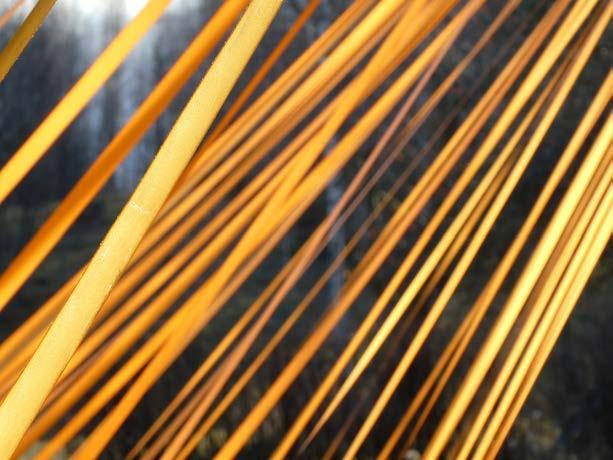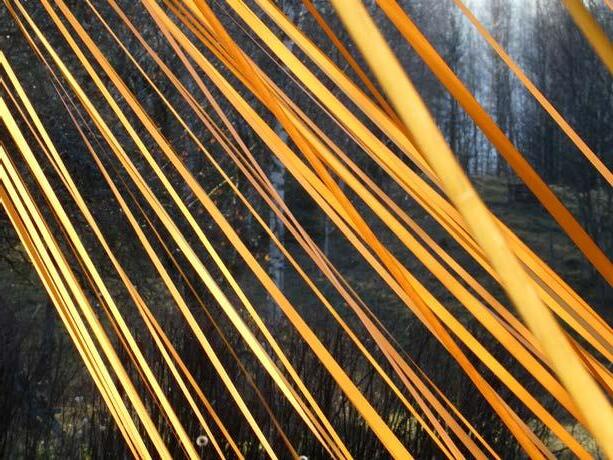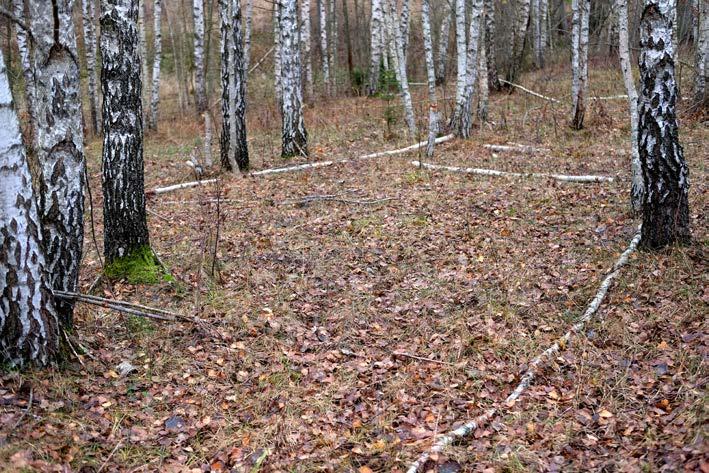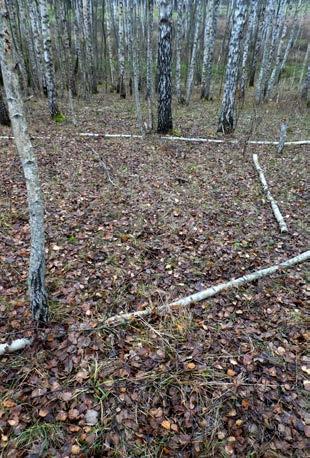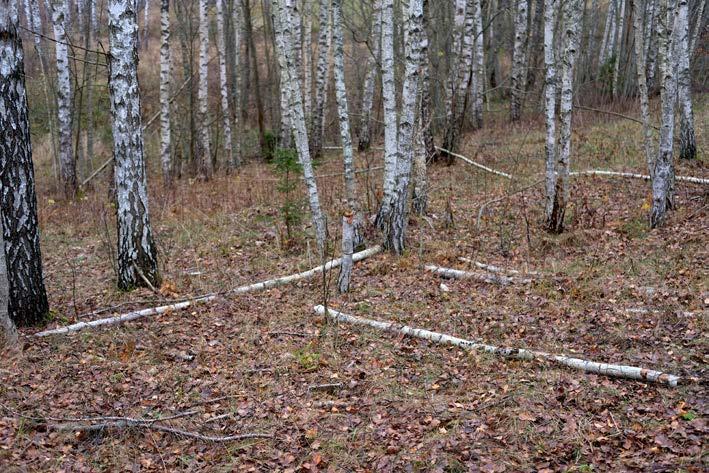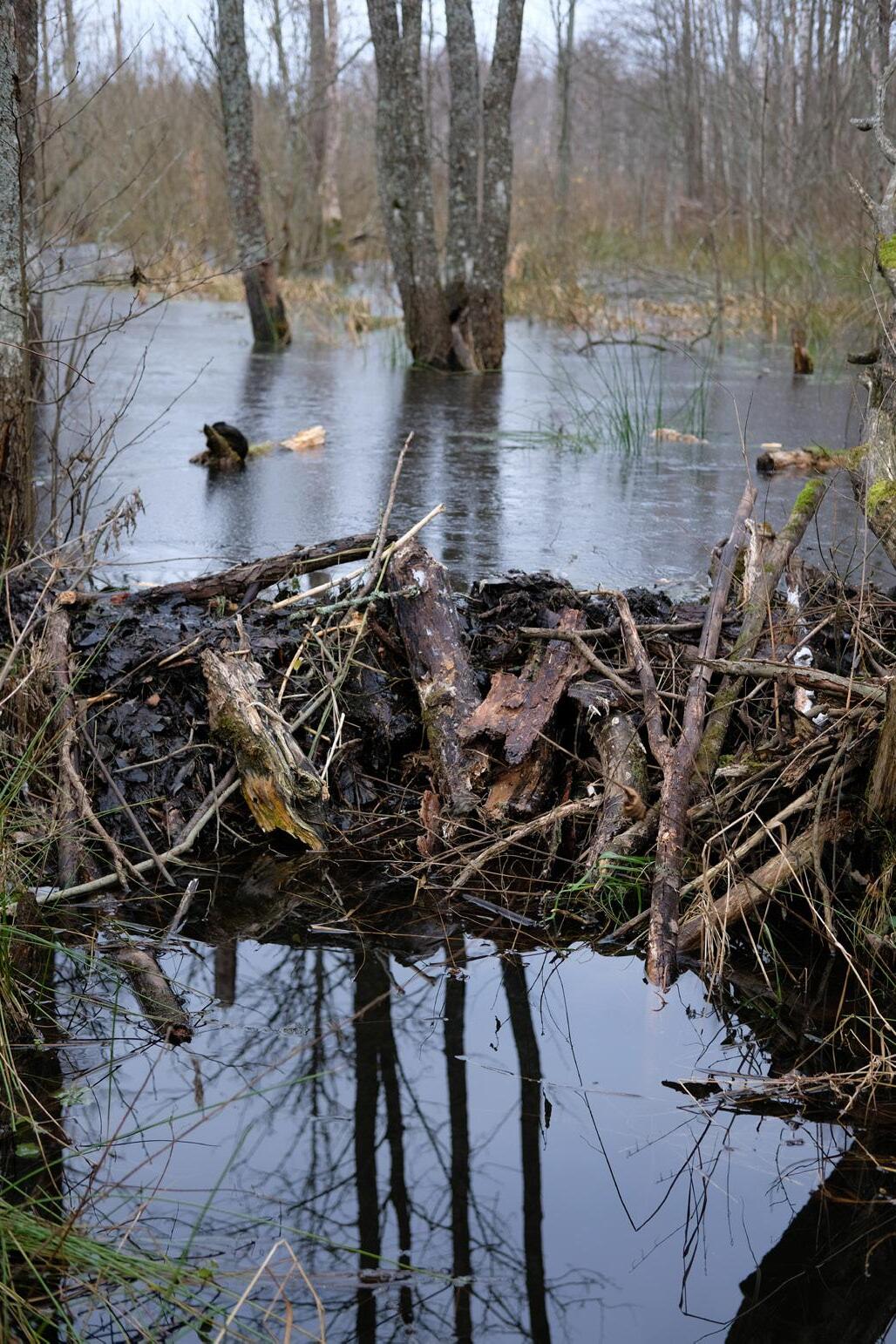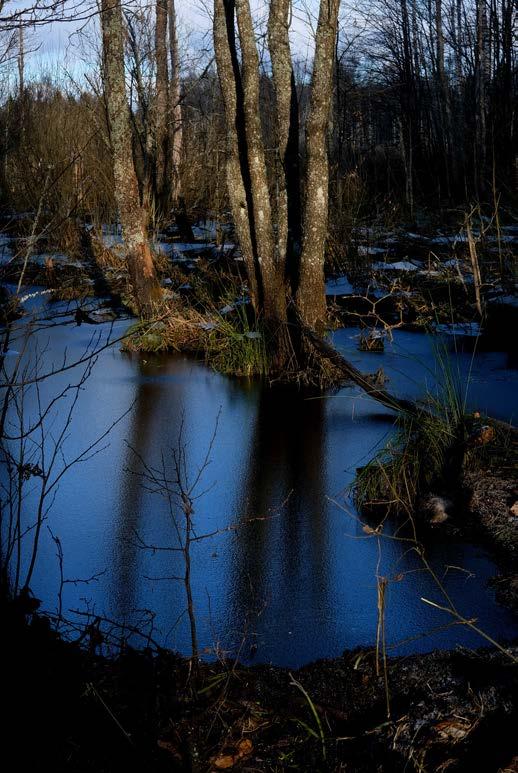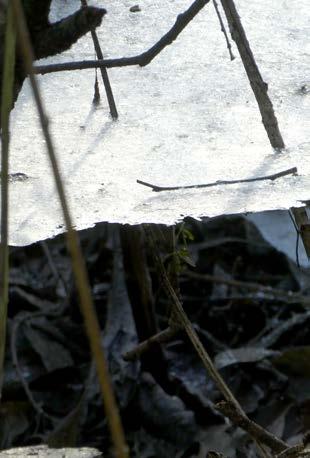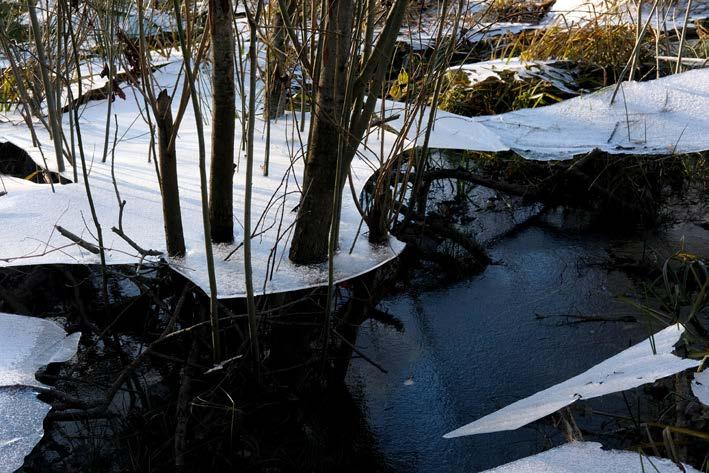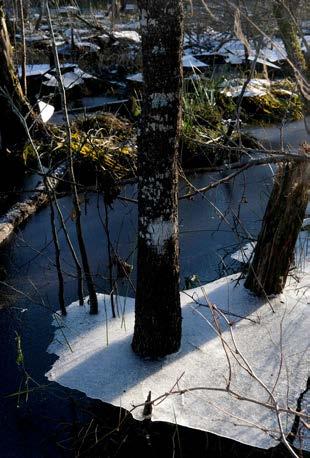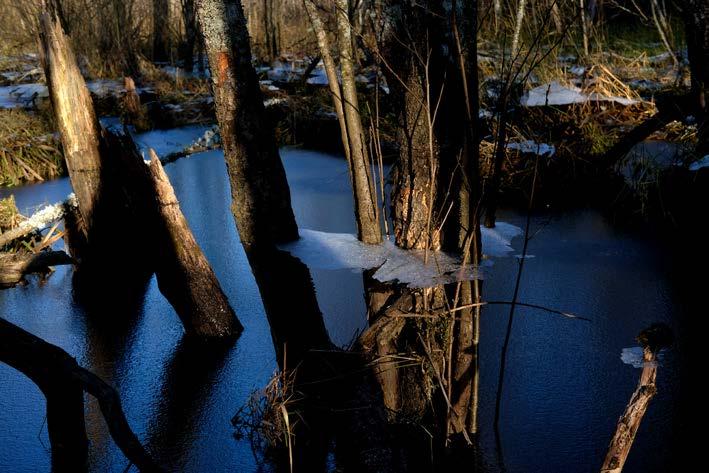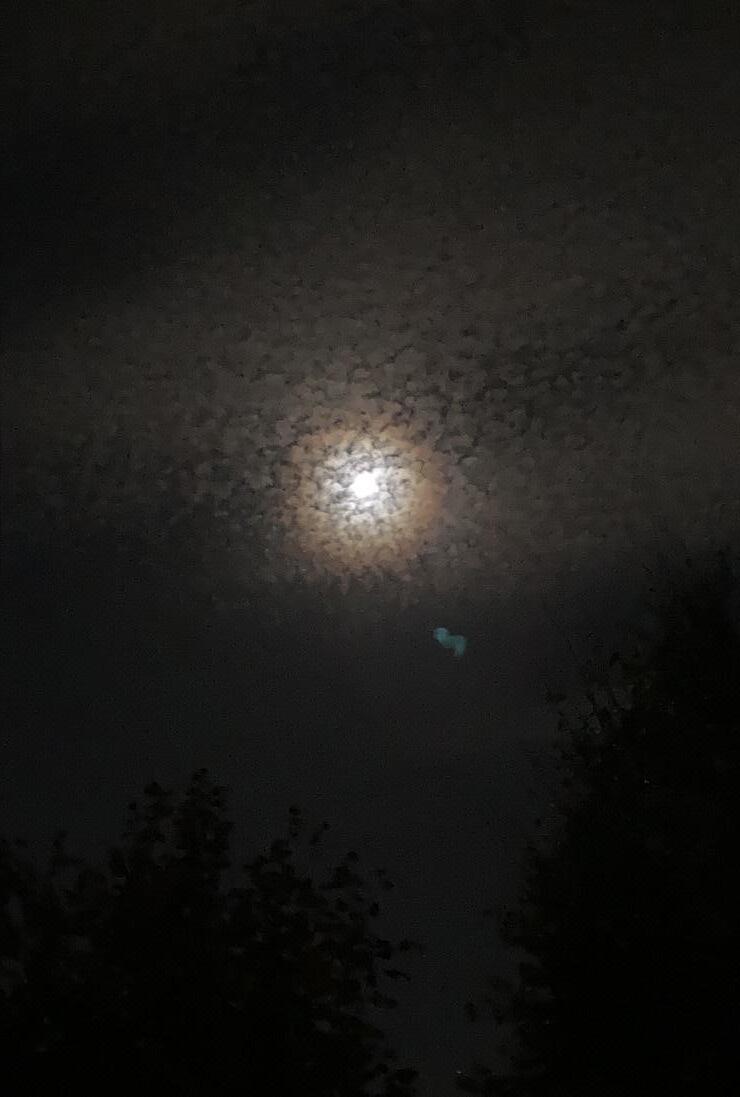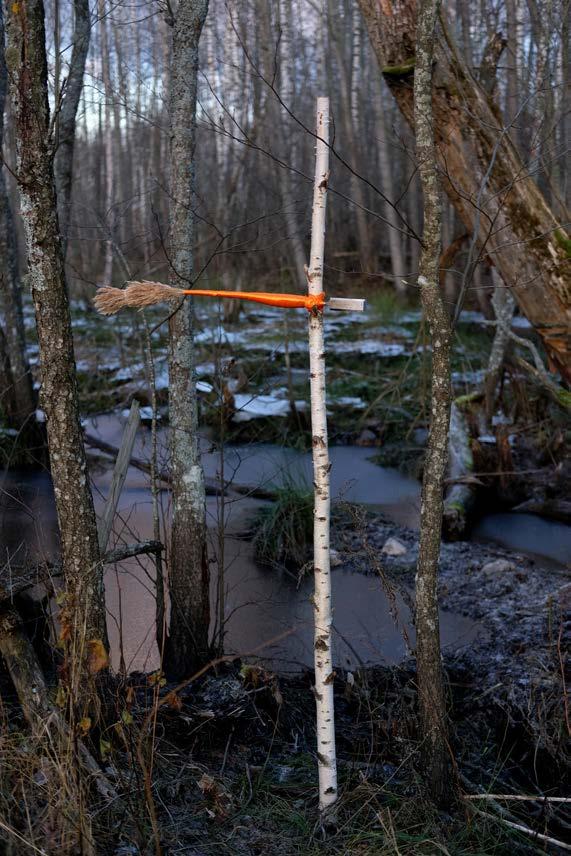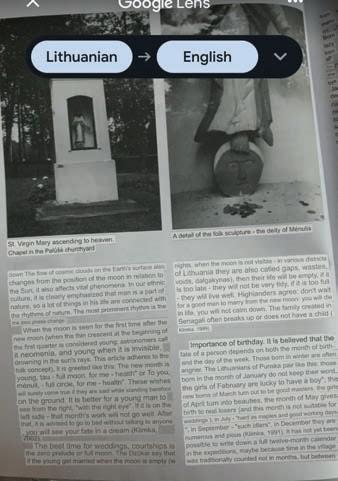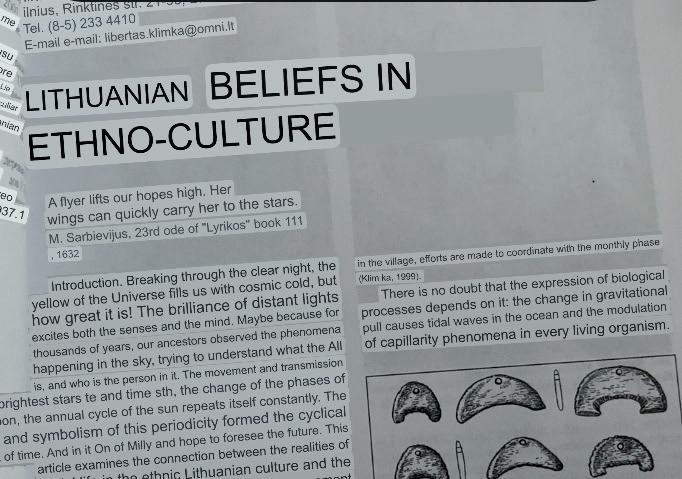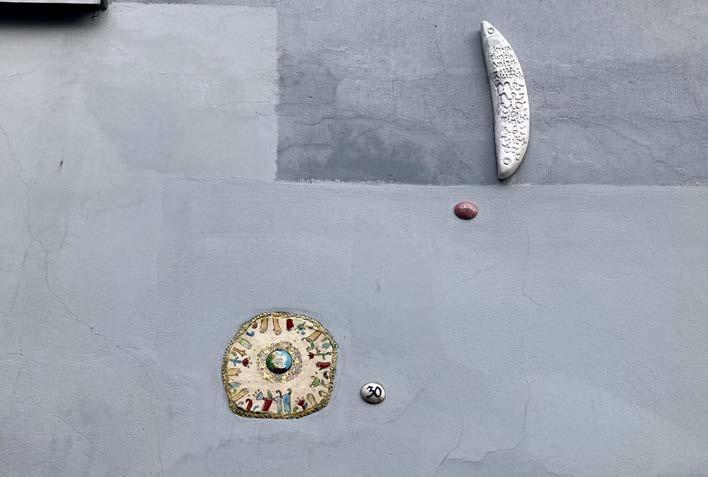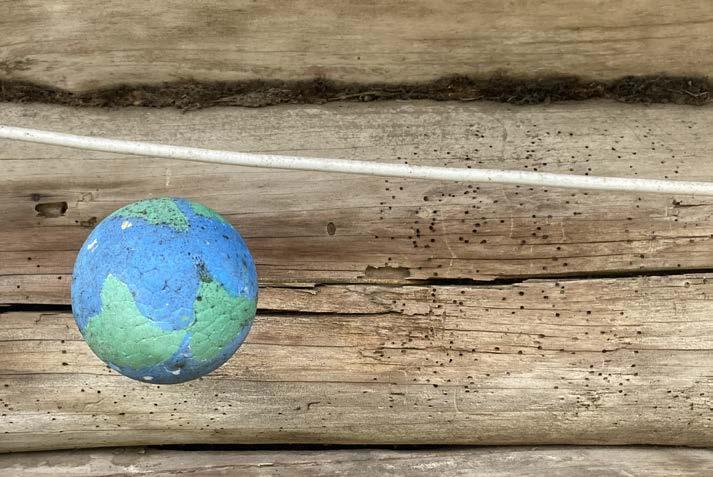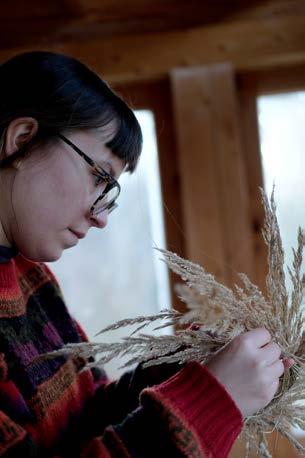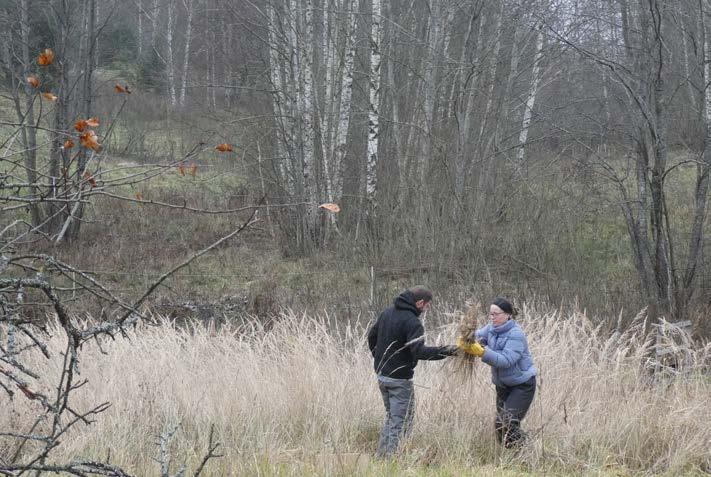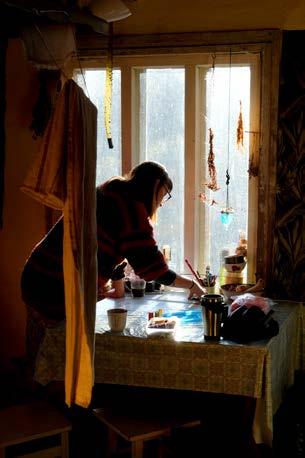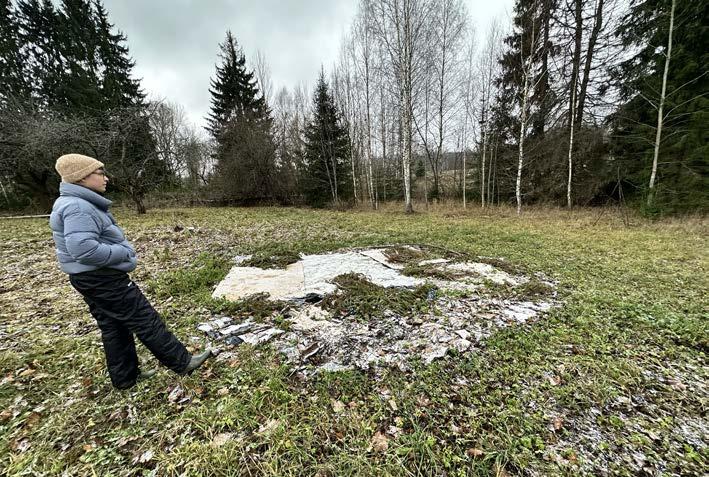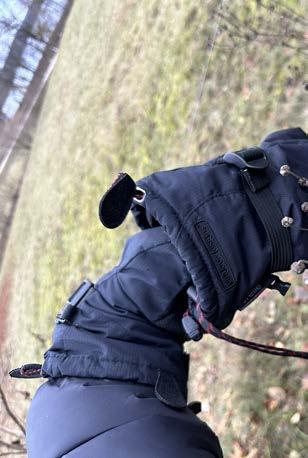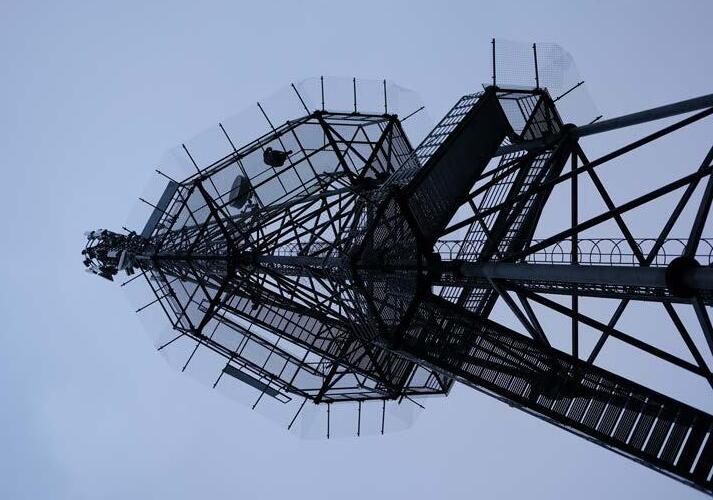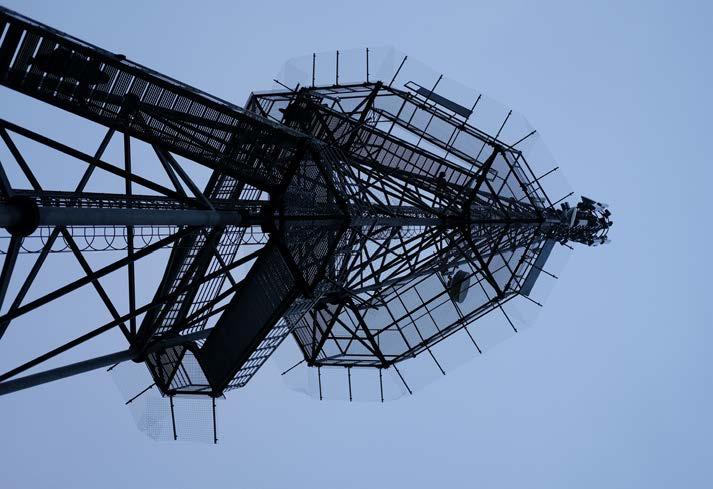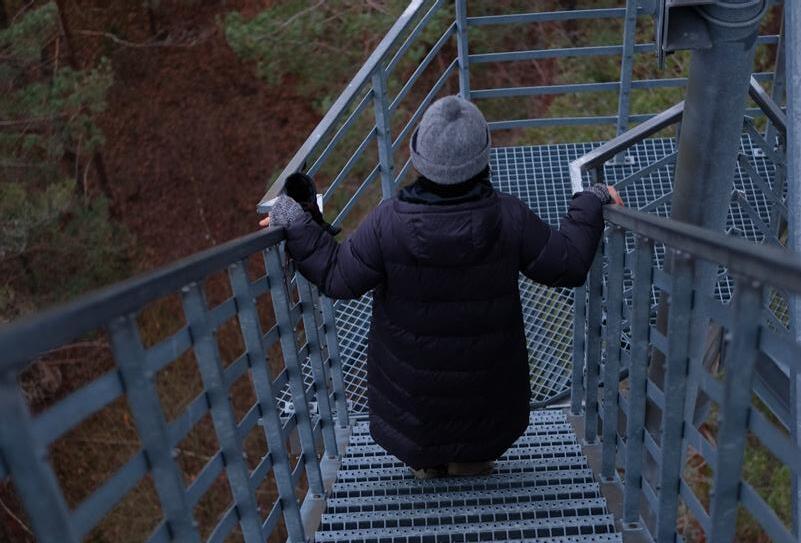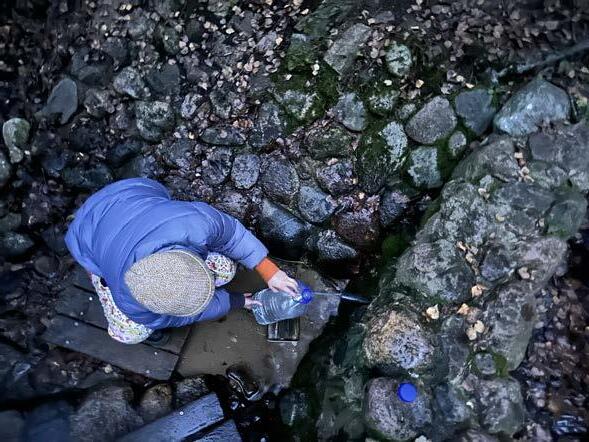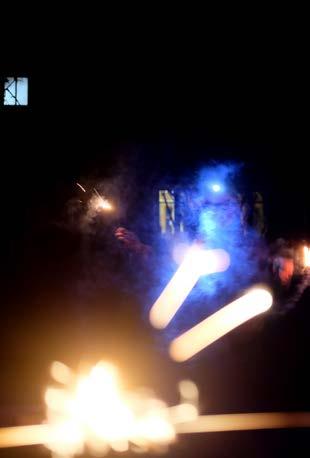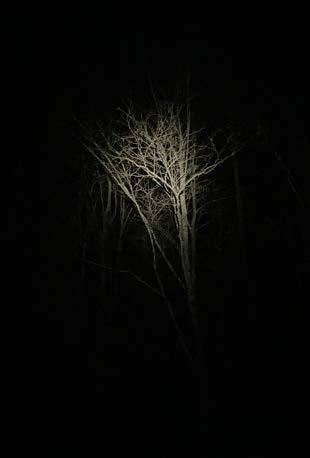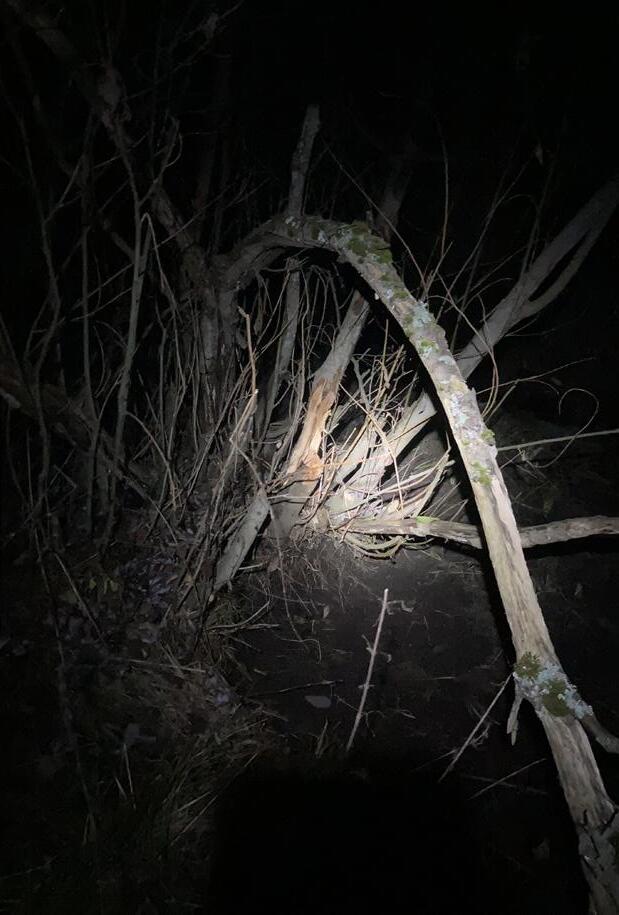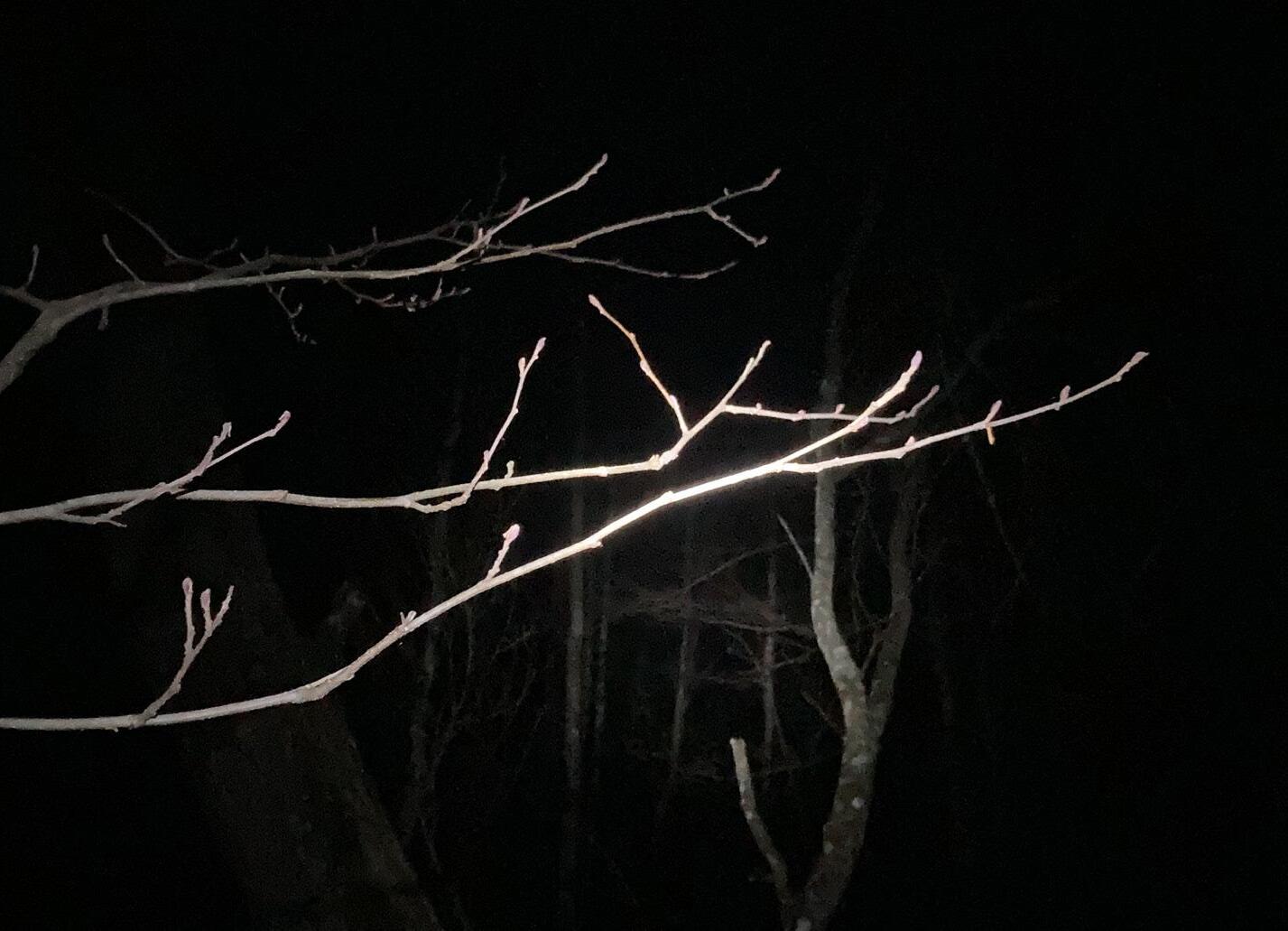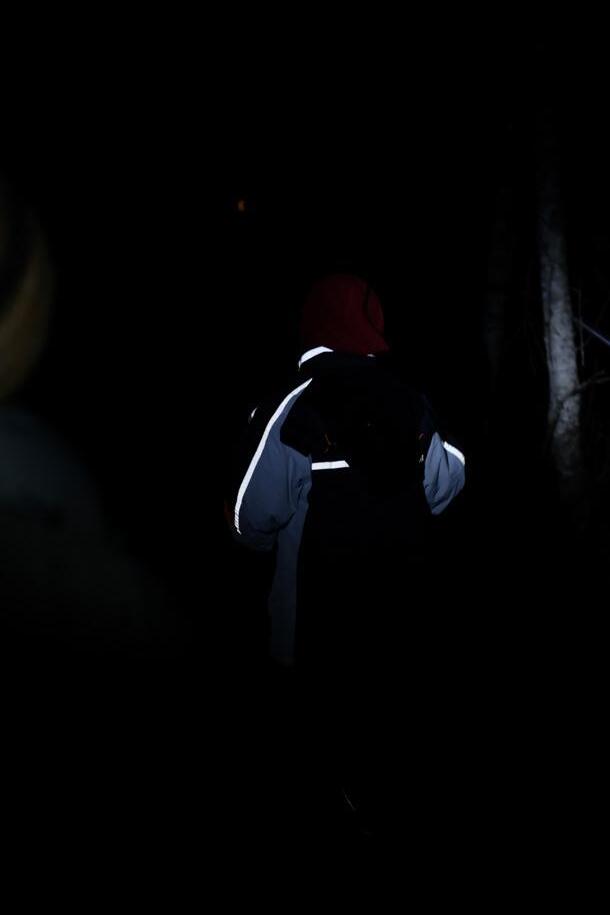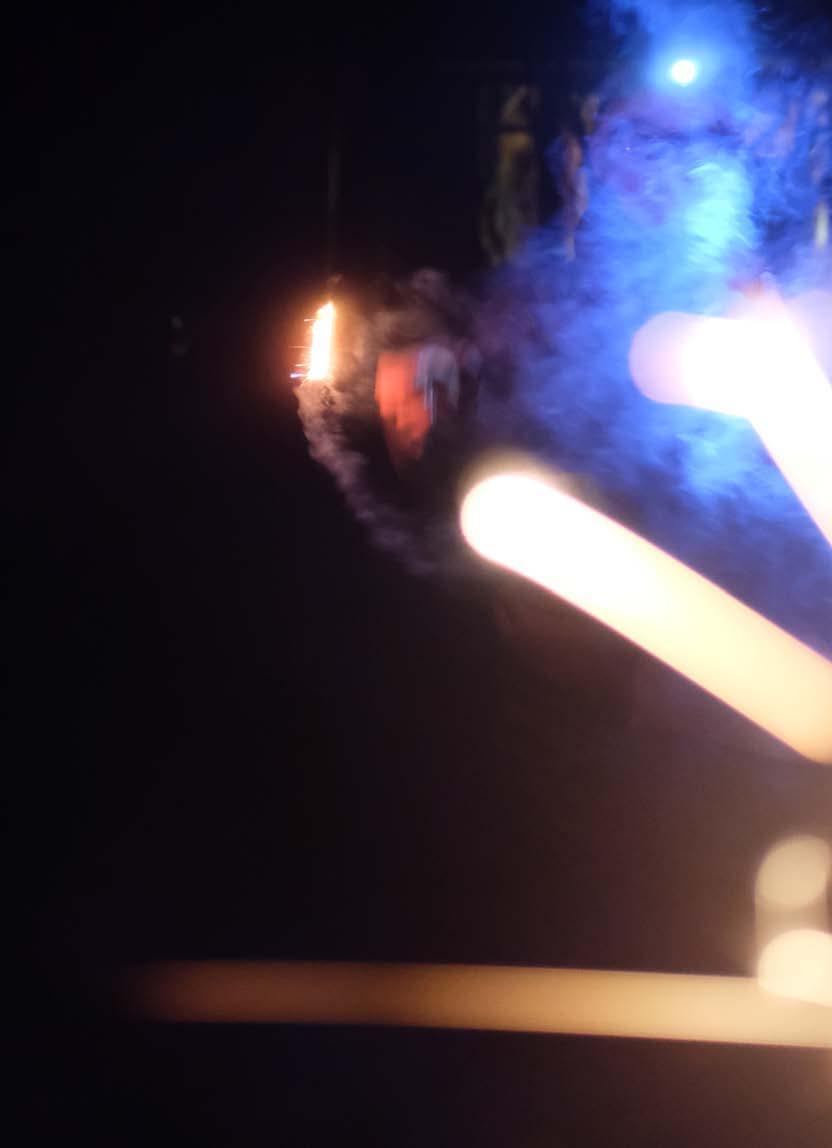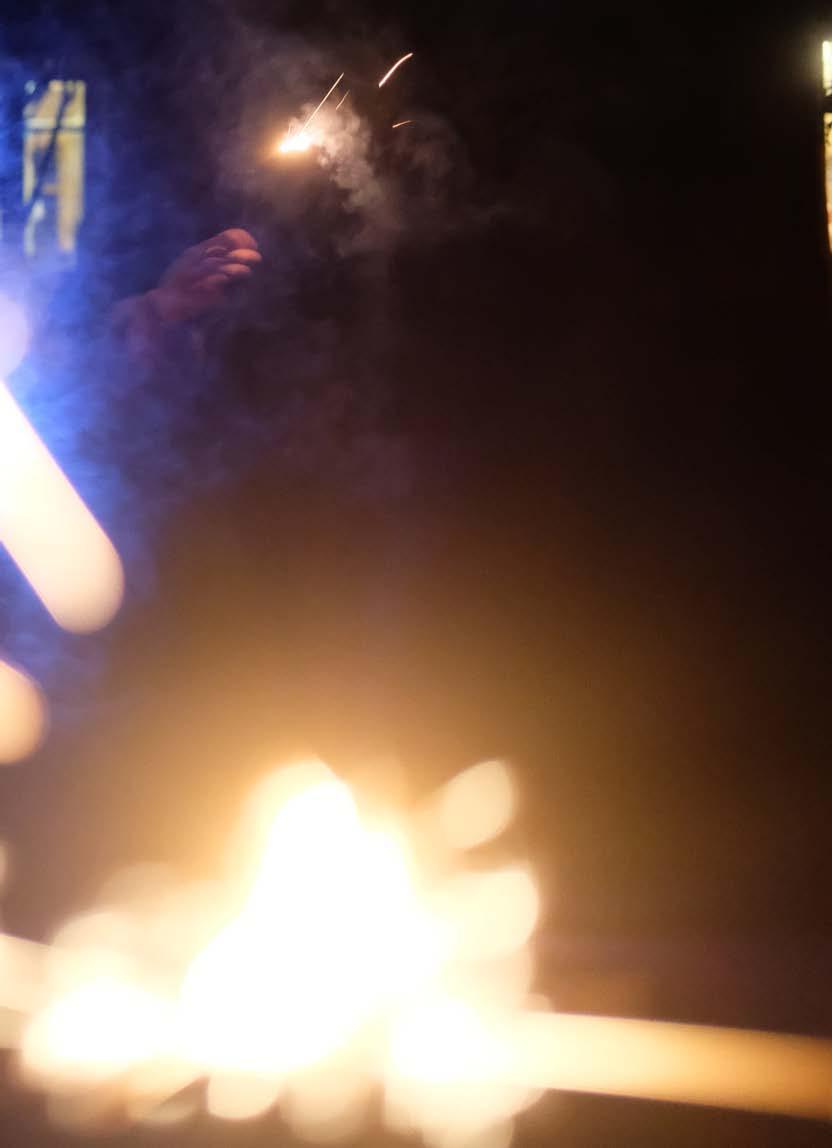Google Translate Cosmology
Meagan Icke
The nearby Museum of Ethnocosmology situates itself alongside the National Observatory - a place where mythology, science and art are intertwined. This perspective seeps out of the stones and seems evident everywhere you look in the Lithuanian landscape.
In Lithuanian creation myths, celestial bodies were often considered as domestic tools and objects - the Pleiades as a broken sieve, the Sun as a shiny brass plate. The stars of the milky way serve as lanterns along the path to the Lithuanian afterworld - Dausos.
Around the kitchen table, surrounded by our own sieves, plates, and lanterns, we deciphered texts that were themselves decrypting ancient runes and traditions. Our primitive use of Google Translate shaped our surface understanding of lunar significance and runic calendars.
According to Lithuanian ethnic culture, our destinies are written in the stars, and the phases of the moon.
Here are some traditional myths, courtesy of our interpretations of Google Translate.
How will you fare?
First sight of the moon after a New Moon:
‘It is better for a young man to see it “with the right eye”. If it is on the left, the month’s work will not go well. After that, it is advised to go to bed without talking to anyone, and you will see your fate in a dream.’
Birthday Months:
Those born in winter are often angrier.
January - do not keep their word.
February - lucky to have a boy.
March - Good masters.
April - Beautiful women.
May - ‘Real losers’, not a suitable month for weddings.
June - /
July - ‘Hard as maples’ and good workers.
August - /
September - ‘such idlers’.
December - Numerous and pious.
Birthday Moon Phases:
Children born with the New moon are stronger, livelier, with a ‘brighter’ face, but also sensitive and tearful. There is often an ‘evil eye’ or they themselves are resistant to ‘viewing’.
When the moon is Full, they are good workers.
If twins are born on opposite phases of the moon, one of them will be mute.
DilgeleRachel Jones
For four days, the four of us, although together in close proximity, were independently lost in thought.
We talked at the kitchen table for hours once it got dark at around 4pm, thawing our extremities near the stove. We shared photos we’d taken that day, and flicked through books, holding them up to show each other an image or a diagram. Attempting to translate passages from Lithuanian to English with our phones, we checked the accuracy with Kristina, the one Lithuanian speaker among us.
As if living two lives, we were chatting, cooking, eating like we weren’t simultaneously each experiencing an intense moment in our own thoughts. With the noise of our usual surroundings turned almost all the way down, our internal worlds expanded in volume. Here, interests are given permission to become obsessions. Runes, beavers, folk medicine, national archives. The thought that clasped our attention in that moment, held on tightly for those few days.
Every shared walk, every conversation, every new discovery was interpreted by each of us in relation to our own obsession. This text is about an interest that was given permission to be an obsession.
Lithuania’s folk medicine is something I had read about a few years earlier for the Ranch Summer Residency: How the act of gathering wild plants, mushrooms, lichens and mosses is a traditional practice that has been delicately preserved in Lithuania, how researchers of ancient Baltic culture think that Lithuanians understood health to be the second part of the soul, how herbalist, pharmacist and ethnographer Eugenija Šimkunaite (1920–1996) is something of a national hero. In Lithuania, herbalists are rockstars quite a unique thing.
This was in 2020. Kristina artfully held together a remote residency, her primary role being the tethering force to create a sort of portal network. While she was based at the Ranch, the rest of us were dotted around the world: Lagos, Nicosia, London, Aberystwyth. Kristina was a portal to this specific patch of land in rural Lithuania, about two hours drive from Vilnius. She took us on walks from our desks to show us the surroundings. Pixelated jerky imagery of mostly highsummer greenery and bits of barns could just about be made out. I didn’t think I had much hope of getting to know a place in this way, squinting at my laptop.
Each morning during our video show and tells, I would share with the residency group what I had read about the previous evening about Lithuanian folk medicine. The online archives, academic papers and blogs had pulled me down a bit of a rabbit hole on the subject. Kristina would help fill in gaps with her own knowledge, and ask
neighbours for input on the things she didn’t know. Their generosity spurred me on. She would help me to translate and contextualise, not just words but rituals, ideas, folklore until they made sense to me, someone who had never stepped foot in Lithuania. In the months and years that followed, the things that I learnt in that week stayed in my mind as life kept me busy.
There is a potency to the idea of a deeprooted relationship with folk medicine which can be read in a number of ways: an aural history, a means of self-sufficiency, a true understanding and knowing of a place. A respect and deep knowledge of plants, fungus, chemistry, alchemy, phytotherapy, bioactivity, is probably something I romanticise as a Brit. The shift from a primarily agrarian society to an industrialised and urbanised one is one way to explain what may have led to a detachment from the land and a decrease in reliance on traditional herbal remedies and folk medicine in Britain. This is not my experience though. I grew up in a sparsely populated and somewhat wild part of mid Wales, but knew nothing about plants until I was an adult. I’ve heard it said that Britain is ‘mushroom sceptic’ as a nation (as opposed to a country like Sweden which has a more trusting attitude towards fungus). This might also apply to our attitude to edible wild plants more generally, with the exception of blackberries which we trust unwaveringly above a certain height. We have learnt to fear our flora and fungi as we become alienated and uneducated about them. After all, they

can be dangerous if we don’t know enough. This is the vicious cycle of nature illiteracy.
The development of modern medicine in Britain, particularly in the 19th and 20th centuries, led to a decreased reliance on traditional herbal medicine and folk remedies. The rise of scientific-based medicine and practices were promoted and perceived as more effective and reliable, leading to a decline in the usage and knowledge of folk medicine. Many of these developments have of course proven life saving and it goes without saying that many of us would not be here had we, our parents and grandparents not had access to modern medicine, not least penicillin. The vast decline of knowledge of folk medicine, however, remains a huge cultural loss. The two are not mutually exclusive, and it is well documented how certain traditional remedies, such as herbal treatments or acupuncture, can be used alongside modern medical treatments to enhance overall patient care and improve outcomes. But visiting a traditional healthcare practitioner does not replace the loss of folk knowledge, nature connectedness and autonomy.
In rural areas of Lithuania, where folk traditions are more prevalent, knowledge of folk medicine and foraging is often passed down through generations. Those who possess deep wisdom and experience, are considered the custodians of this traditional knowledge and play a crucial role in preserving and passing it on. This makes me think of the disparaging term “old wives’ tales” and its dismissive overtones of scepticism. Does this term exist to undermine the
deep wisdom, folklore and experience passed down through generations by writing them off as unscientific and therefore irrational? The exact origin of the term is hard to pin down but it seems to date back to at least the 15th century - around the beginning of the scientific revolution - and we still hear it today.
So-called ‘old wives’ tales’ often include knowledge on women’s health remedies and pregnancy folklore. Today we are faced with the impact of medicine’s historical neglect, exclusion and underrepresentation of women, a limited understanding of women’s health concerns and how diseases may manifest differently in women. Women have been underrepresented in clinical trials and medical research, leading to a lack of robust data on the effectiveness and safety of treatments. Societal stigma around women’s health have often deterred open discussions and research in these areas, and research funding has historically been unevenly distributed, with male-related conditions receiving more attention and resources. This disparity has impacted the level of research, understanding and lack of specific diagnostic tools. This can lead to delayed or inadequate attention to women’s health concerns. Women’s health has historically been assigned a lower priority in medical education and healthcare systems, resulting in fewer resources dedicated to research and treatment options - and yet folk knowledge is dismissed as ‘unscientific’. Where modern medicine and practices do not answer our questions or address our concerns, might we turn to folk medicine and anecdote to try and fill in
the gaps? Is there a case for rebranding ‘old wives tales’ as ‘women’s lived experiences’?
The Lithuanian appreciation for folk medicine and foraging is evident. At a small supermarket in a village near the Ranch, several different calendars for 2024 were being sold. Not for planning your social events or work schedule, but for gathering seasonal medicinal, herbal, nutritional and therapeutic plants - another way of measuring time and planning for the year. Also available in this small shop were packs of jar lids - because, as Kristina explained to us, ‘the jars last longer than the lids’. This seemed indicative of another strand of this seasonal culture - preserving.
The food culture in Lithuania places a strong emphasis on preserving food to ensure availability during harsh winters and to make use of seasonal abundance. Preserving practices include fermentation, pickling, smoking, drying, canning, and the use of root cellars (domestic underground storage spaces which provide cool and humid conditions to store root vegetables like potatoes, carrots, beets, and turnips, ensuring their availability throughout the winter months). These preservation techniques are not only practical but also deeply rooted in Lithuania’s culinary traditions.
Folk medicine, which includes traditional remedies, herbalism, and natural healing, has been an essential part of Lithuanian culture for centuries. Throughout history, Lithuanians have relied on their knowledge of plants, natural ingredients, and remedies to treat various ailments and maintain their well-being. Herbs have been used for centuries to prevent and
control disease globally, but in Lithuania, this knowledge appears to have been particularly successful in establishing its place alongside modern medicine and practices, and at times the two overlap. Folk medicine is not only invaluable cultural knowledge of place and people but can make meaningful contributions to health care.
During the Soviet era, there was an attempt by authorities to suppress traditional beliefs and practices, including folk medicine and traditional healers were often discouraged or prohibited from practising.
Despite these efforts, many Lithuanians continued to rely on and practice folk medicine behind closed doors. Folk medicine played a crucial role in preserving cultural identity and traditions during the Soviet era. People turned to traditional healers, herbal remedies, massage, steam baths, and other methods for healing and maintaining their health.
In Britain, interest in traditional practices like foraging and herbalism has seen resurgence in recent years. I don’t think this is as straightforward as nostalgia for a time we don’t remember, but rather a proclamation that these practices should not belong to a nostalgic realm but a contemporary skillset. While there is money to be made from the apps, courses, books and other commodities offered by the algorithm to those who express interest in these practices, I think its popularity speaks to a deeper need for knowledge of the things we were not taught how to see, a call for improved nature literacy.
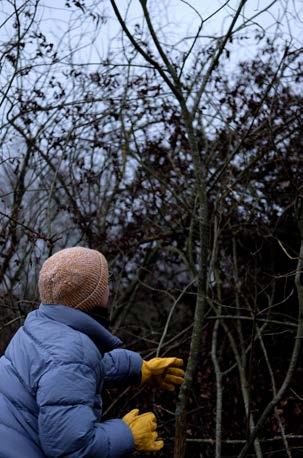

During the remote residency in 2020, I had made plans for a garden of concentric circles at the ranch as a way to realise the things I had learnt about Lithuanian folk medicine. I planned - at some unknown time in the future- to plant each circle with a medicinal plant associated with the healing of the layers of our physical, mental and spiritual selves from the outside in: skin, internal organs, mind, dreams. I searched through texts to find these various plants, making lists, trying to find the right ones which
would be native to the area, would grow in similar conditions to each other, and need similar amounts of care.The criteria got a bit cumbersome. Kristina, in the meantime, had marked out, mowed and covered a circular area all in preparation for my garden. All this groundwork had been put into a garden that in my mind, was a fictional place that I didn’t know how to fill. I had got as far as reading alone could get me and wasn’t sure how I would get much further.



Visiting the Ranch this autumn, over 3 years later, I saw within a single day that it only ever needed one plant. A plant which seems abundant in Lithuania and while the high summer greenery from those video calls had died back in unforgivingly icy winds, was still standing upright and strong. This plant, when crushed between thumb and forefinger, immediately smells as if it is healing something within you, even if only for that brief moment you can hold the scent in your nose. This plant, I learned from experience in the years between the two residencies, can be dug up and planted in another place and continue to thrive. A resilient but unassuming plant which reveals to you more of its beauty the closer you look.
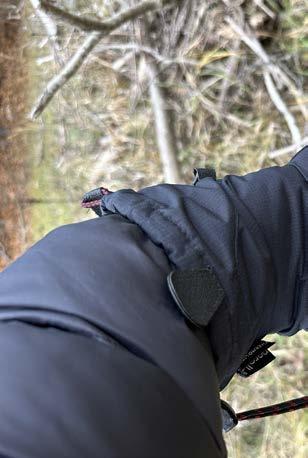
Mugwort can grow up to your waist, or higher, with slender stems that are greenish-reddish-brown. Its feather-like leaves are deeply lobed and sometimes look silver from underneath. It produces clusters of small, inconspicuous flowers like tiny silken buds. The taste and smell is bitter, herbal, aromatic, medicinal, sagelike.
In Lithuanian folk medicine, mugwort (dilgele) is primarily used for its medicinal properties as it’s believed to have various healing and protective qualities:
[external] Healing Wounds: Dilgele is known for its anti-inflammatory and antiseptic properties, making it useful in treating various skin conditions, including wounds, boils, and inflamed areas. [internal] Digestive Aid: to stimulate digestion and ease various gastrointestinal issues such as stomachaches, indigestion, and flatulence.
[mind & dream] Anxiety and Sleep Disorders: Mugwort is used for its calming and soothing effects, making it useful in treating anxiety and promoting relaxation. It is often made into herbal teas or used in essential oil form for aromatherapy.
[cyclical] Menstrual Disorders: It is believed to have properties that regulate menstrual cycles and alleviate menstrual cramps. It is used to make herbal teas, poultices, or baths to provide relief during menstruation.
The phenomenon of learning a new word and then hearing it everywhere is commonly known as the “frequency illusion” or the “Baader-Meinhof phenomenon.” This occurrence can create a false sense of increased occurrence or significance - this is primarily a result of heightened attention and perception towards something that was previously unnoticed or deemed unimportant. I experienced this heightened attention to mugwort in 2020, and it has not yet worn off.
As we took a short trip to Vilnius on our way to the airport, the mugwort was there too, along the river, beside the roads, like a friendly ghost. My obsession would soon turn back into an interest now that normal life would resume.
Tower
Night
Walk

